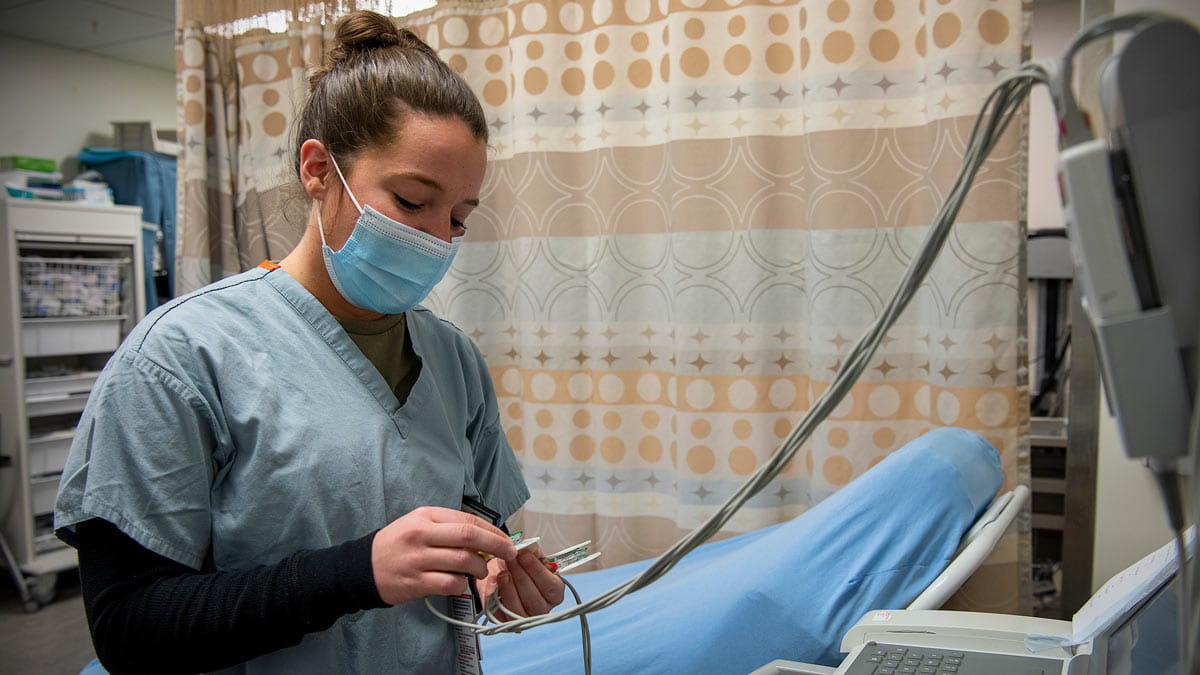No, you're not crazy—COVID-19 is still here, and precautions are important

Now that many states have relaxed coronavirus-related restrictions and we’re more free to travel, shop and dine where we’d like, it can feel like America’s back to normal.
If you’re observing the social distancing and other practices recommended during this pandemic, it may feel like you’re alone in continuing those precautions, especially if you see Facebook vacation photos of crowded beaches, or if you drive by a seemingly packed restaurant. But we’re all facing this virus together, even if it’s hard to see one another’s efforts because we’re separated. And medical experts like me still recommend that we all take certain precautions based on the latest evidence.
This is far from over. As we head toward the July 4 holiday, we need to focus on avoiding a second wave and requiring further limitations or shutdowns.
Why COVID-19 is still a threat worth respecting
We don’t need to live in fear, but it’s important to respect the risks the coronavirus still poses.
Unfortunately, following reopenings, we’re seeing increases in COVID-19 cases across the nation. These June spikes are especially high in Southern states and vacation hotspots. In a number of states, such as Alabama, Arizona, Arkansas, Florida, Nevada, North Carolina, South Carolina, Tennessee and Texas, the number of new cases far exceeds case numbers from March, at the beginning of what was declared a pandemic in the United States.
What to remember moving forward
To prevent COVID-19 spread in a reopened America, the simplest things to avoid are the Three Cs.
Closed spaces with poor ventilation
Think about sitting in an office space with people all around you and no windows open. Or possibly inside a restaurant with others around you. This limited ventilation is the perfect place for respiratory droplets to linger and increase your risk of exposure.
Crowded spaces
Social distancing (maintaining at least 6 feet of space between people) remains imperative. And when you’re in a crowded space, social distancing becomes extremely difficult.
Close-range conversations
Talking or being near others closer than 6 feet already isn’t recommended because of how far droplets can spread when coughing, singing, etc. But even if you’re having a quiet conversation with one other person, if you’re within 3 feet of them, your risk of exposure is significantly higher.
We’re going to be living with COVID-19 for the foreseeable future.
Keep up the social distancing. Continue responsible hand hygiene. Keep wearing a mask, especially in public spaces. For the latest information and further guidance, you can visit our Coronavirus website.
If we move forward with care, but not fear, we can hope to avoid a second wave and further restrictions.
Iahn Gonsenhauser, MD, is the chief quality and patient safety officer at The Ohio State University Wexner Medical Center and an assistant professor in the Ohio State College of Medicine.




